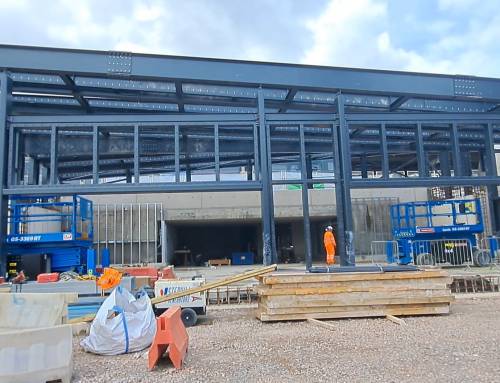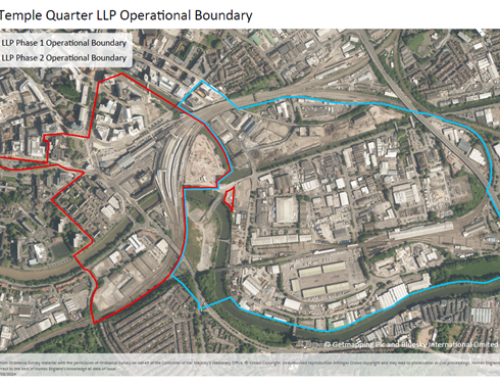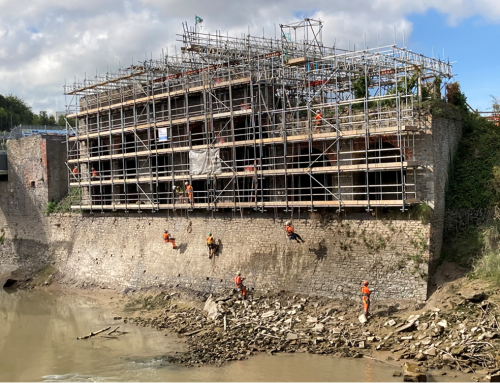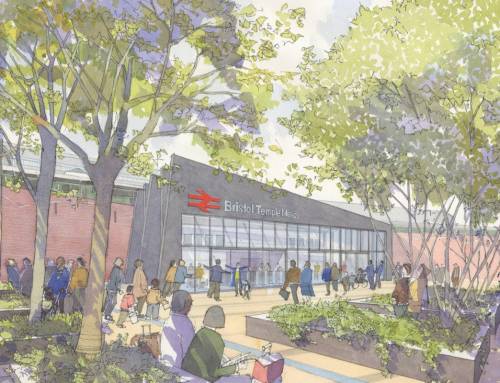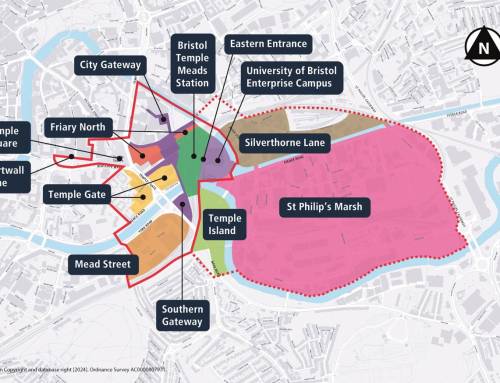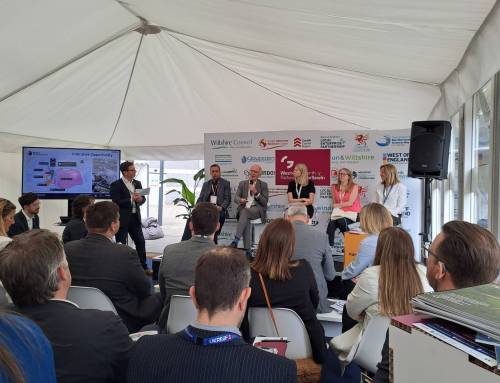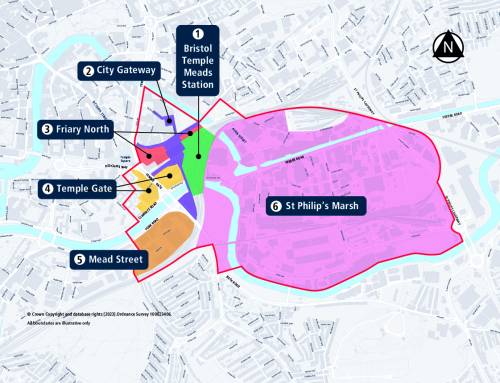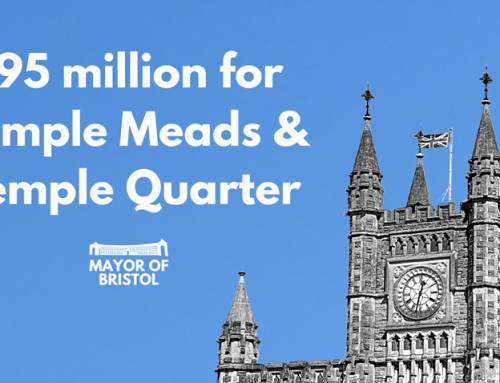This month we were joined on site at Temple Gate by a group of students from the University of Bristol Civil Engineering Society (CivSoc). The visit was jointly hosted by the city council and our principal contractor, Eurovia.
We spoke to engineering student and CivSoc representative Nick Wright, to find out more about the society and what they took away from the visit.
Can you tell us a bit about the society?
Bristol CivSoc is a community of University of Bristol civil engineering students, staff and alumni, which aims to enhance the university experience socially and professionally. We hold a variety of events for our members throughout the academic year – from karaoke nights to recruitment evenings – but some of the most rewarding events come in the form of site visits.
What kind of sites have you visited in the past?
We have organised visits to a variety of sites such as The Eden Project, Clifton Rocks Railway and Hinkley Point C. Often, we have to travel some distance for these site visits so it was great to have the opportunity to visit Temple Gate, a construction site in the heart of Bristol, and just a short walk away from the university.
Why were you interested in visiting the Temple Gate site?
The Temple Quarter Enterprise Zone development, as a whole, was especially interesting to us due to the university’s plans to build a new £300m Enterprise Campus in Temple Quarter in the near future. The Temple Gate project is one of the first stages in developing the area and involves modifying the existing road network to be more direct for road traffic, whilst enhancing capacity and accessibility for pedestrians, cyclists and public transport. This applied directly to civil engineering coursework we undertake in our third year of study. For this project, we’re tasked with producing a concept re-design of Clifton Triangle with the main objective of increasing pedestrian access to the area.
What did you learn about the project during your visit?
Temple Gate differed from previous site visits we had been on because, rather than building from scratch, the new layout has to be created from the current road system. In addition to this, the site is one of the busiest routes in and out of Bristol and two-way traffic has to be able to pass through at all times during construction. Eurovia explained how they combat this problem by tackling the project in multiple stages, redirecting the traffic through a new route at each stage to allow them to work in a different area.
This intricate planning was an eye-opener for our members as, due to the time constraints of university coursework, we rarely get to design in detail. Learning about the Temple Gate site helped demonstrate the underlying complexity inherent in most projects.
What did you take away from the visit?
A key decision for civil engineering students is whether they want to follow a career in contracting or consulting. With a lack of exposure to industry, it can be hard for a student to make this choice when applying for internships or graduate roles. During our site visit, we heard presentations from a contractor and consultant who each discussed their roles within the project in depth. They welcomed questions which allowed our members to get a great insight into what each role entails. The information will undoubtedly shape the decisions we make as we proceed into employment as young engineers.


